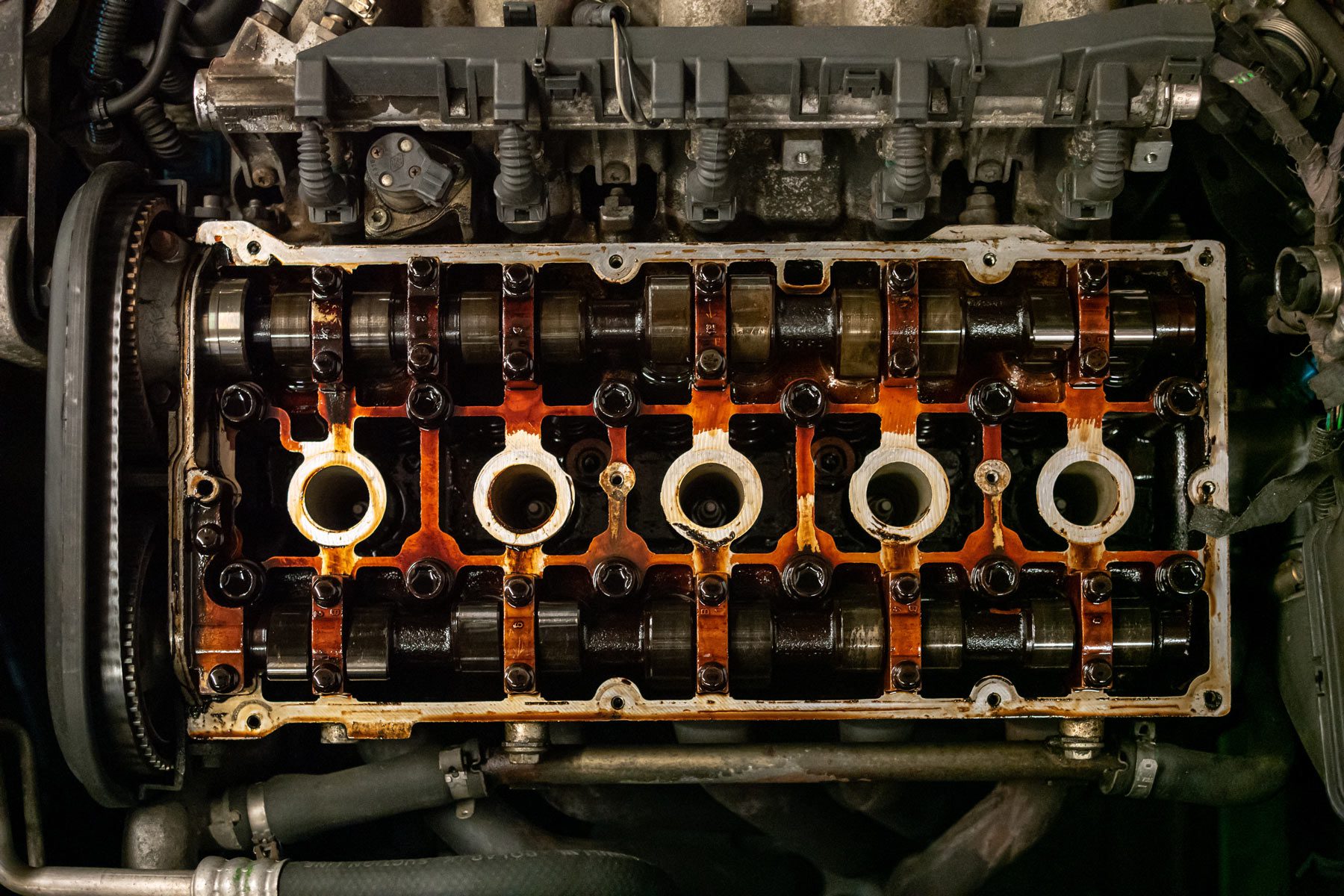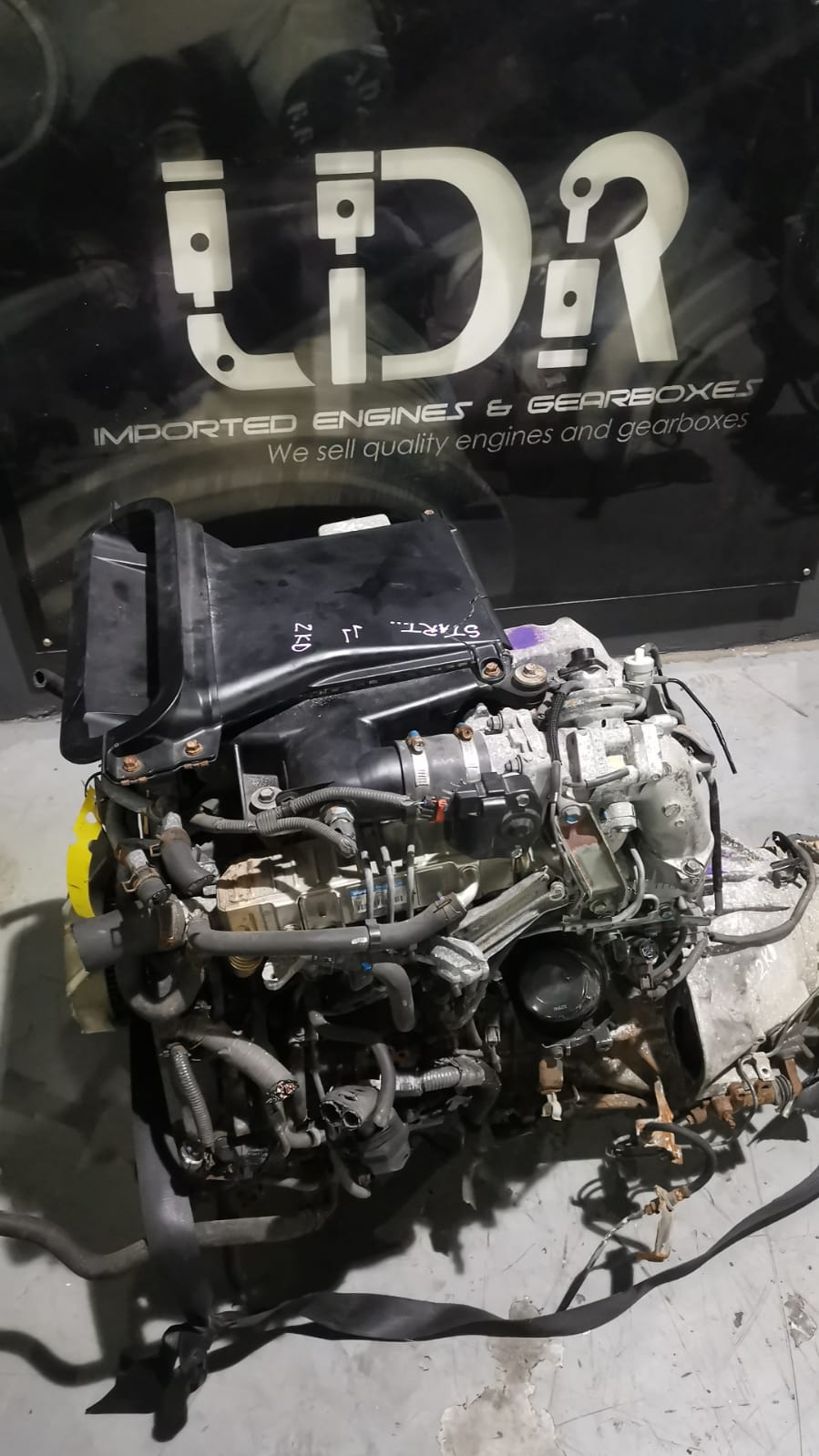Discovering the Inner Functions of a Compact Lorry's Engine System
As vehicle drivers, we often take for granted the elaborate procedures that take place within the confines of our automobile's engine system. The compact yet intricate machinery that pushes us onward is a wonder of engineering precision and control. From the controlled explosions in the combustion chamber to the meticulous timing of gas injection, every component plays a vital function in the smooth operation of the engine. In this expedition of a portable vehicle's engine system, we will decipher the internal workings of this mechanical symphony, clarifying the secrets that drive us ahead on our everyday trips.
Combustion Process Overview
The combustion process in a compact car's engine system is an essential device that successfully transforms fuel right into power to power the automobile. This process occurs within the burning chamber of the engine, where gas and air mix, fire up, and generate regulated surges. The combustion procedure contains 4 main phases: intake, power, compression, and exhaust.
During the intake stage, the piston relocates downward, attracting in a mixture of air and fuel into the burning chamber. This downward movement generates the power needed to drive the car. This cyclic burning procedure is fundamental to the procedure of a portable car's engine system, ensuring reliable power conversion for propulsion.
Piston and Cyndrical Tube Communication

The piston's accurate fit within the cylinder is vital for keeping optimal compression and protecting against power loss during burning. Limited clearances between the piston and cyndrical tube walls ensure effective sealing, allowing the piston to move efficiently without permitting gases to leak past. Proper lubrication is also crucial to reduce friction and use between these parts, improving longevity and efficiency.
Furthermore, the style and materials made use of in making the piston and cyndrical tube influence engine efficiency and durability. Modern engines usually use lightweight yet long lasting materials like light weight aluminum alloys for pistons and cylinder liners to lower inertia and enhance thermal performance. Overall, the unified communication between the piston and cyndrical tube is fundamental to the engine's functionality and general performance.
Fuel Injection System Functionality
Gas injection systems in portable lorry engines play an important role in specifically supplying gas to the combustion chamber for controlled and efficient ignition. The gas injection system operates by injecting gas into the combustion chamber at the optimum moment throughout the engine's procedure (opel corsa engine). This exact timing guarantees that the gas blends evenly with the air for appropriate burning, causing boosted gas effectiveness and decreased emissions
There are primarily 2 sorts of fuel shot systems made use of in small vehicle engines: port gas shot (PFI) and straight gas injection (DFI) PFI systems infuse fuel into the consumption port before the consumption shutoff, while DFI systems infuse gas directly right into the burning chamber. Both systems have their advantages, with DFI using better fuel atomization and PFI offering a more cost-efficient service.
Recognizing Engine Air Conditioning Mechanisms
Reliable procedure of a compact vehicle's engine counts heavily on the performance of its cooling systems. Engine air conditioning is crucial to protect this article against overheating, which can result in major damage and decreased efficiency. The air conditioning system in a compact vehicle typically includes numerous parts interacting to regulate the engine temperature level. One essential part is the radiator, which uses coolant to take in warmth from the engine. As the warm coolant moves via the radiator, helpful resources it launches heat right into the air, cooling down prior to going back to the engine. The water pump circulates the coolant via the engine and radiator, making sure a constant circulation to regulate temperature level. Additionally, the thermostat helps regulate the coolant circulation to maintain optimum engine temperature. Some cars also have cooling down fans that trigger when extra air conditioning is required, such as throughout heavy web traffic or heat. Recognizing these engine cooling mechanisms is crucial for keeping the efficiency and longevity of a compact car's engine system.

Exhaust System Parts Explained
The ideal performance of a small vehicle's engine cooling devices depends upon a corresponding system called the exhaust system, which comprises different important elements for making sure effective discharges and engine performance. The exhaust system includes elements such as the exhaust manifold, catalytic converter, muffler, and tailpipe. The exhaust manifold accumulates exhaust gases from the engine's cyndrical tubes and paths them to the catalytic converter. The catalytic converter after that converts unsafe toxins in the exhaust into less dangerous discharges prior to releasing them with the muffler and tailpipe.
One critical part of the exhaust system is the oxygen sensing unit, which monitors the oxygen levels in the exhaust gases to aid control gas intake and make sure optimal engine performance. opel corsa engine. Furthermore, the resonator may exist in some exhaust systems to lower sound degrees. On the whole, the exhaust system plays a crucial role in maintaining engine performance, reducing hazardous exhausts, and making sure a quieter driving experience for compact automobile owners

Verdict
Finally, the compact vehicle's engine system is a complex mix of parts that interact to help with the combustion procedure, transform gas right into power, and get rid of waste gases. Understanding the inner functions of the engine system, consisting of the piston and cyndrical tube interaction, article source gas injection system, engine cooling devices, and exhaust system elements, is crucial for preserving optimal performance and efficiency of the lorry.
The burning procedure in a small vehicle's engine system is an important system that successfully converts fuel into energy to power the car.Fuel shot systems in small vehicle engines play an essential duty in specifically supplying fuel to the combustion chamber for regulated and efficient ignition.There are largely two kinds of gas shot systems used in small vehicle engines: port fuel shot (PFI) and straight gas shot (DFI) Recognizing these engine cooling mechanisms is vital for keeping the efficiency and durability of a small car's engine system.
The optimal functioning of a compact automobile's engine air conditioning devices depends on a complementary system recognized as the exhaust system, which makes up numerous vital parts for making certain efficient exhausts and engine performance.